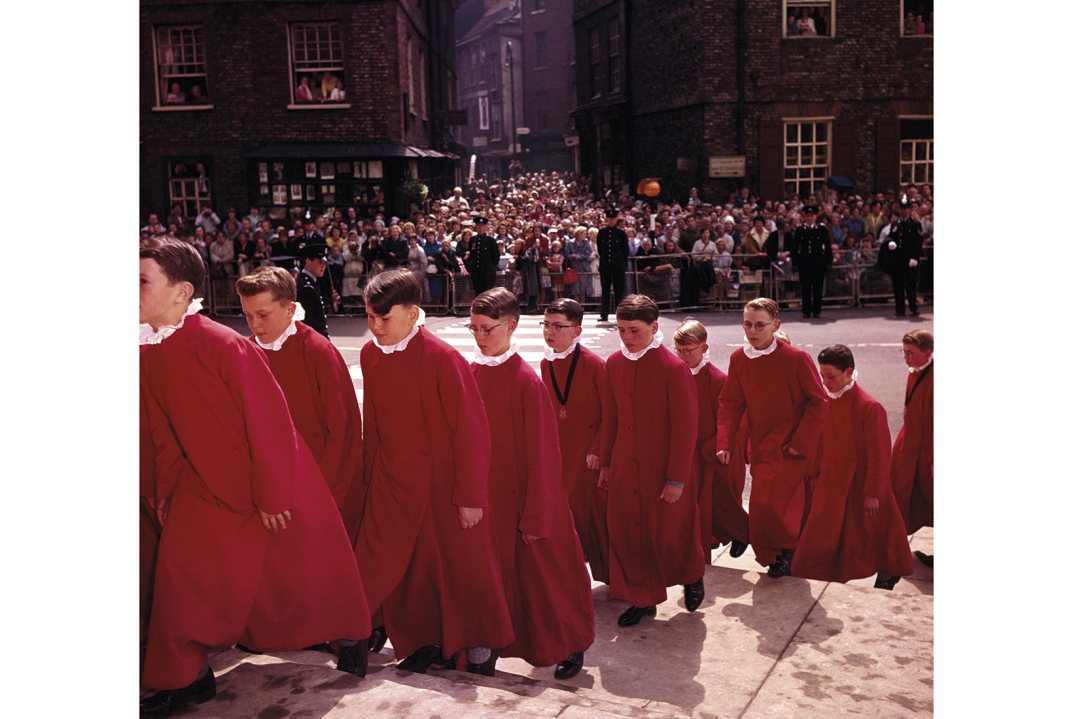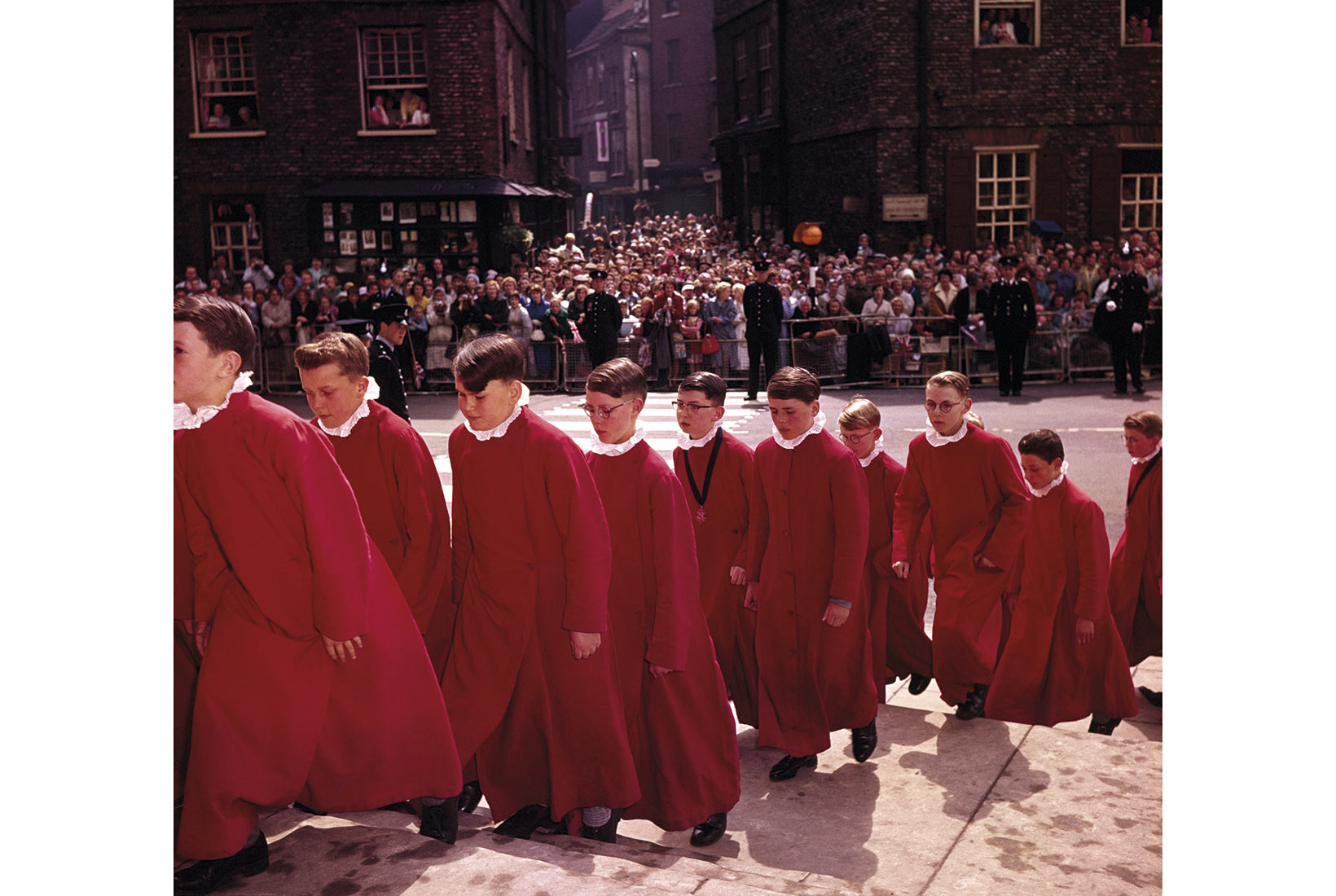Britain’s choirs are facing oblivion. Yet they’re also terrified of returning. One story explains why. Picture this innocent choral-society scene in Skagit County, Washington State, on the evening of 10 March. One-hundred-and-twenty singers, most of them elderly sopranos, gathered in the Presbyterian church to rehearse for two hours, their chairs 15cm apart. At half-time they took a break for shared snacks, and at the end the helpful ones stayed to stack the chairs.
Fifty-two of those singers came down with Covid-19, supposedly through the release of aerosol droplets in the ether. Thus began the swirling of rumours across the world about the grave dangers of singing. It has still not lifted, in spite of the pleas of choral directors that it was the finger food and the chair-stacking rather than the singing that spread the disease, and that those people were old, whereas many cathedral choirs have no one over the age of 40, and that if you hold a candle flame in front of a well-trained singer, the flame will not even flicker, so controlled is his or her breath.
This week, in an operating theatre at the government’s science facility at Porton Down, a small group of guinea-pig choral singers, some professional and some amateur, are taking part in experiments to measure what happens to those aerosols — droplets measuring five-thousandths of a millimetre or less — when they are emitted by the singing voice. Similar experiments are going on in London, conducted by Declan Costello, a consultant surgeon specialising in the human voice who also happens to be a tenor in Polyphony and the Holst Singers. ‘A lot is resting on these experiments,’ he tells me. ‘If the result is not what we want to hear… well, at least Public Health England can make a decision based on science. At the moment we have no real data. It’s not a situation that has ever needed to be studied.’
The future of British choral singing rests on experiments taking place in a government lab
I dread to think what will happen if the results are bad. It was grim enough on Sunday to see the Dean of York presiding from behind a plastic visor and holding up the wafer wearing a blue latex glove. If our nation’s science prefects become armed with new anti-singing ‘data’, there’ll be no communal choral singing for months or years. And the absurd situation could arise in which children are allowed to sing at school (which they are, in groups of up to 15) but not in cathedrals with their vast interior spaces. Meanwhile, choristers’ voices are breaking, the rhythm of daily psalm-singing has been halted, and a jewel of Britain — our world-leading choral tradition — is in danger of being damaged irreparably. Such is the blunt instrument of the furloughing scheme that many directors of music haven’t even been allowed to conduct Zoom rehearsals with their choristers, as all work is forbidden under the scheme.
Even if the Porton Down results are good, will cathedrals still be able to fund their choirs? York Minster has had to close its Minster School with immediate effect. The Dean explained that, because of the sharp drop in tourist numbers owing to the virus, the cathedral’s expected annual income of £9.4 million will have a shortfall of £5.2 million. Thankfully, the choristers will all go to St Peter’s School, ten minutes’ walk away, so the news is not quite as bad as it seems.
That kind of financial shortfall will be replicated in all cathedrals — the worst-hit being the ones that raked in money from charging tourists for entry. As choirs cost a minimum of £250,000 a year to run, one can imagine belt-tightening Deans and Chapters making small tweaks such as lowering the number of choral services per week, or cutting the numbers of paid back-row singers. Hearts sank this week at the news that St Margaret’s Westminster and Holy Trinity Sloane Street have both disbanded their professional choirs. ‘Disband’, ‘abolish’…these are the new chilling words.
Members of congregations were seen dabbing their eyes on Sunday, so moved were they to be back in their local cathedral under the new rules: services allowed, but you have to book a slot, and no hymns — the permitted music is organ plus one solo singer. Even that small gesture of live music felt like a luxury. Cathedral music has returned to the pre-Vatican II sound: organ verses alternating with lines of solo plainsong.
Unsung heroes are doing their best to save the situation. Peter Allwood, chairman of Friends of Cathedral music, launched the Cathedral Choirs’ Emergency Fund that has raised £830,000 out of a hoped-for million to help sustain cathedrals at least through Christmas and Easter. Will any of the government’s £1.5 billion bailout for the arts go towards cathedral choirs? Does the government even see them as part of ‘the arts’, as they surely are?
In the past, the doctrine of ‘stand on your own two feet’ has been ruthlessly applied to cathedrals, far more than to theatres and opera houses, so I’m not very hopeful.
We need our choirs back. Cathedrals are vast. Singers can stand far apart from each other in a semi-circle. It’s time for common sense to take charge.







Comments